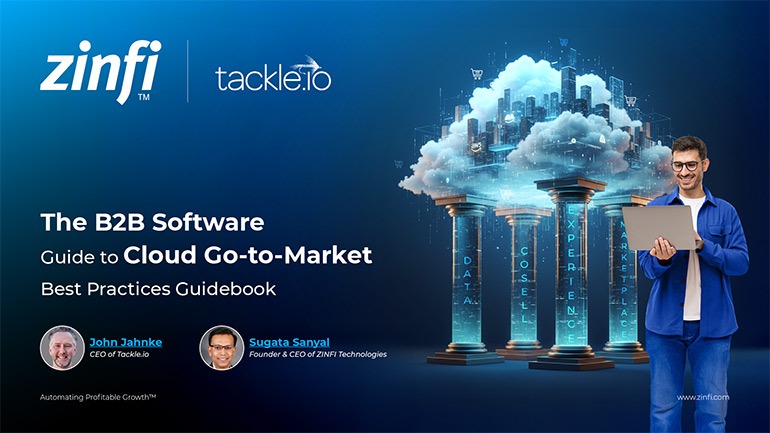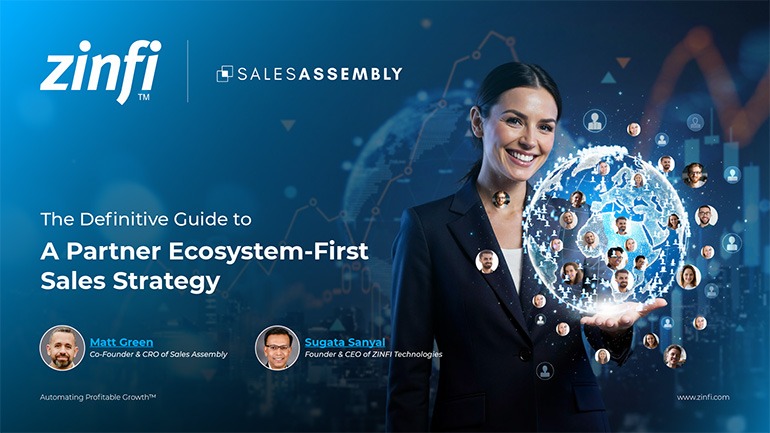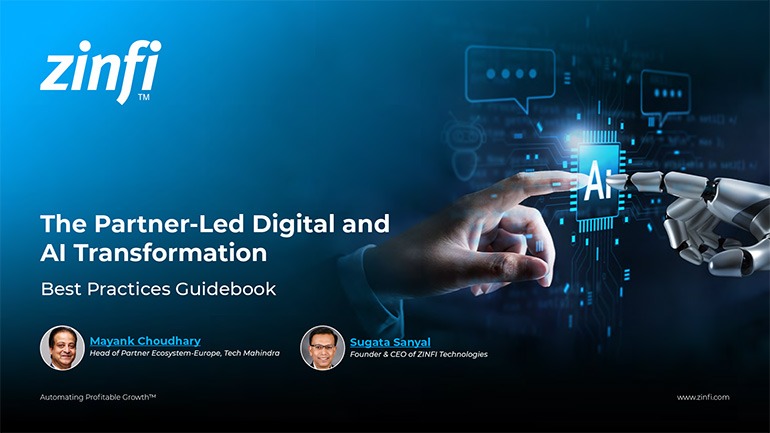The path to building a modern partnership function is rooted in connecting disparate business functions. Yana Kolmakova's diverse background, including roles in marketing, sales, and business development, naturally led to her current position because she realized partnerships were always about "bridging those connection gaps to others". In the past, organizations often operated in a siloed manner, which created friction and hindered cross-functional alignment. Today, however, cross-functional collaboration has become highly sophisticated, with Partner Alliances emerging as the essential "connective tissue" that links marketing, sales, and delivery to drive organizational growth. This transformation ensures that all efforts are aligned toward the same revenue goals.
The contemporary definition of Go-to-Market Strategy (GTM) is closely aligned with moving "revenue rocks" forward and determining what will have the most impact for the organization. A strong GTM plan must be broken down into immediate, addressable tactics and long-term methodologies. Crucially, the approach must involve partners to leverage and amplify brand messaging, ultimately helping to create more brand advocates in the market. The essence of modern GTM is identifying the partners' core competencies, avoiding the confusion of trying "to be everything for everyone," and precisely knowing when to pull the right partner in for the right opportunity. This methodical approach is critical for ensuring mutual success for all parties involved in the GTM tactic.
This complexity necessitates the concept of partner orchestration, which Yana aptly compares to working a puzzle where you must strategically decide which piece to pull in first. The VP of Partner Alliances' role involves the delicate act of orchestrating these puzzle pieces—knowing which groupings complement each other and work together—and strategically pulling them together to build the overall Go-to-Market Strategy. The transformation over the last decade is characterized by significantly greater cross-functional alignment, sophistication in execution, and the availability of technology tooling that facilitates quicker implementation. This constant drive to improve and "push that needle more and more" is what fuels exponential growth and success within the Workday Ecosystem.













